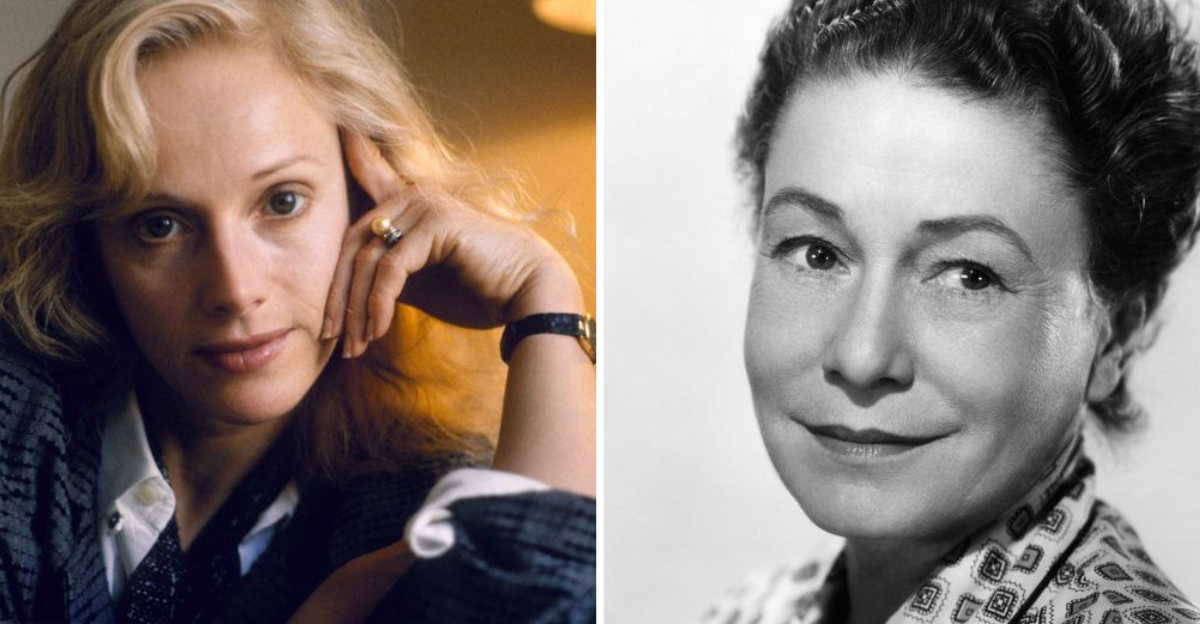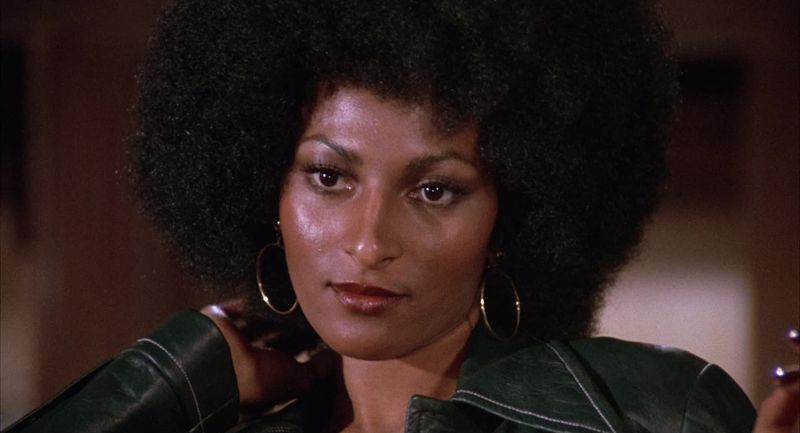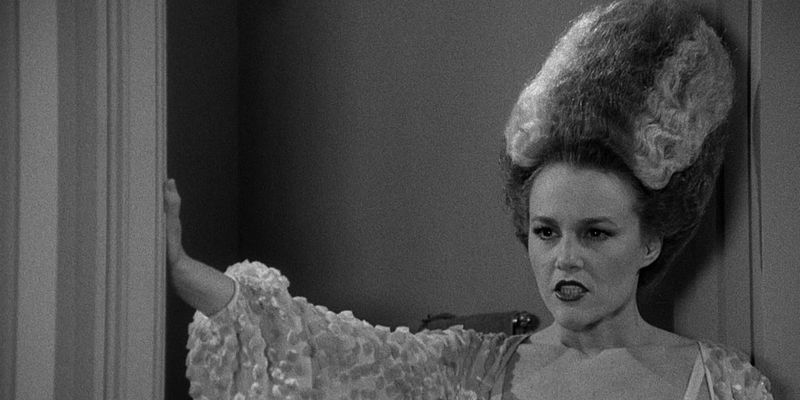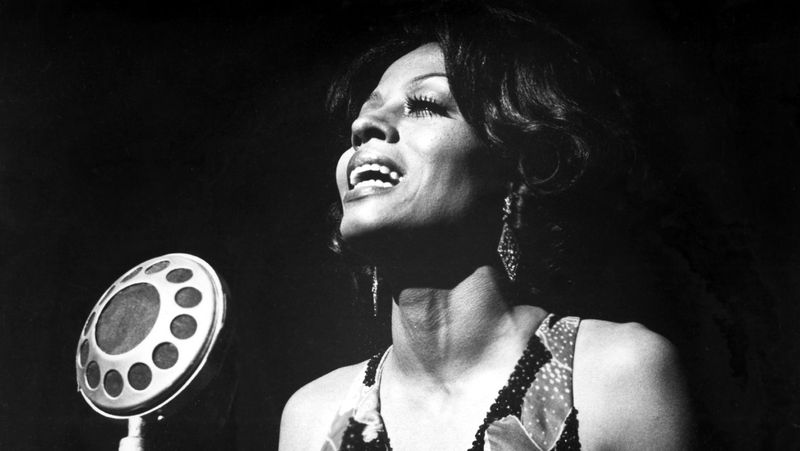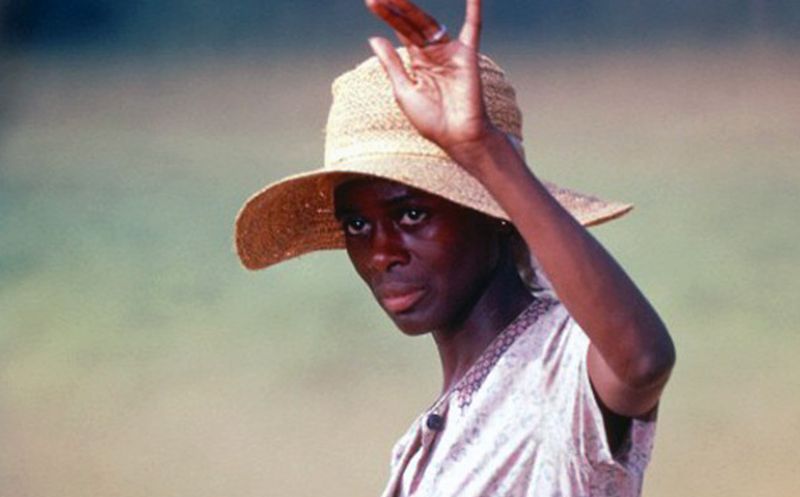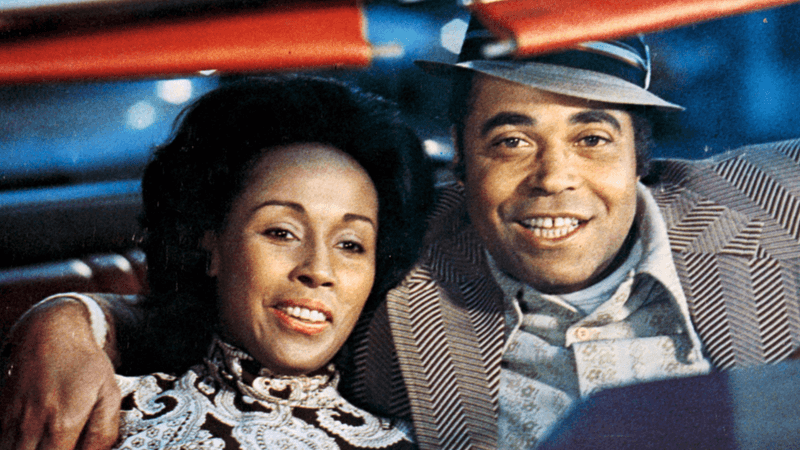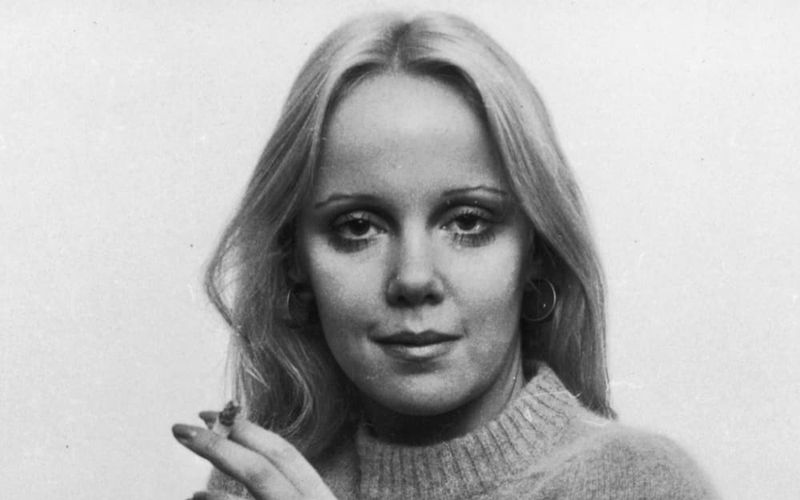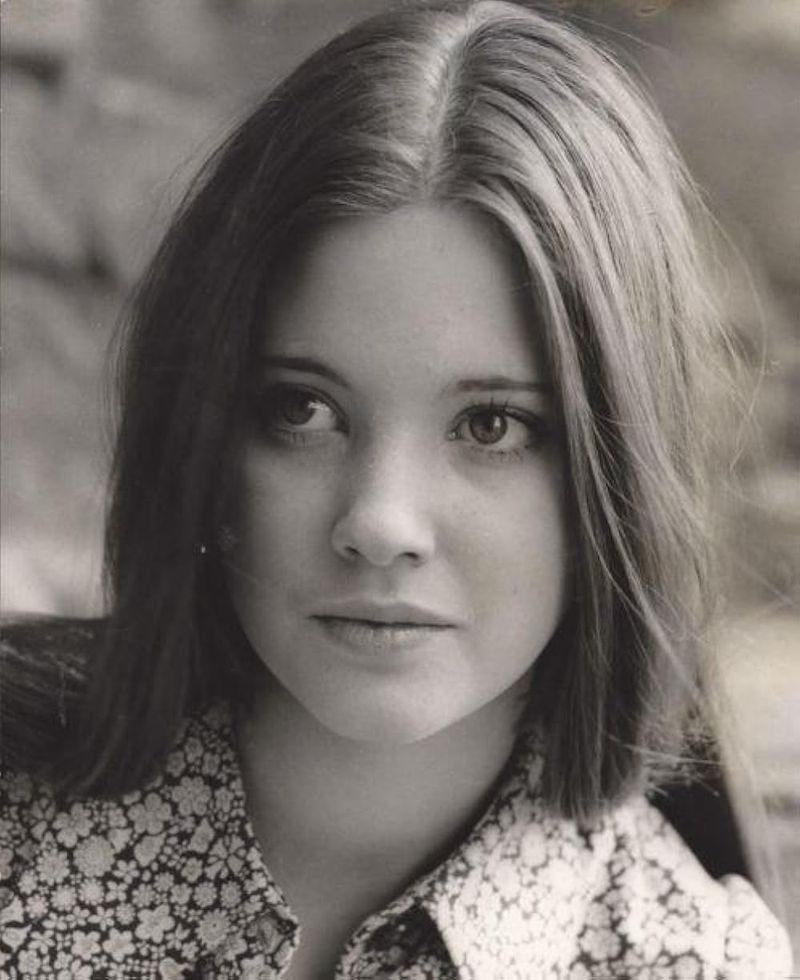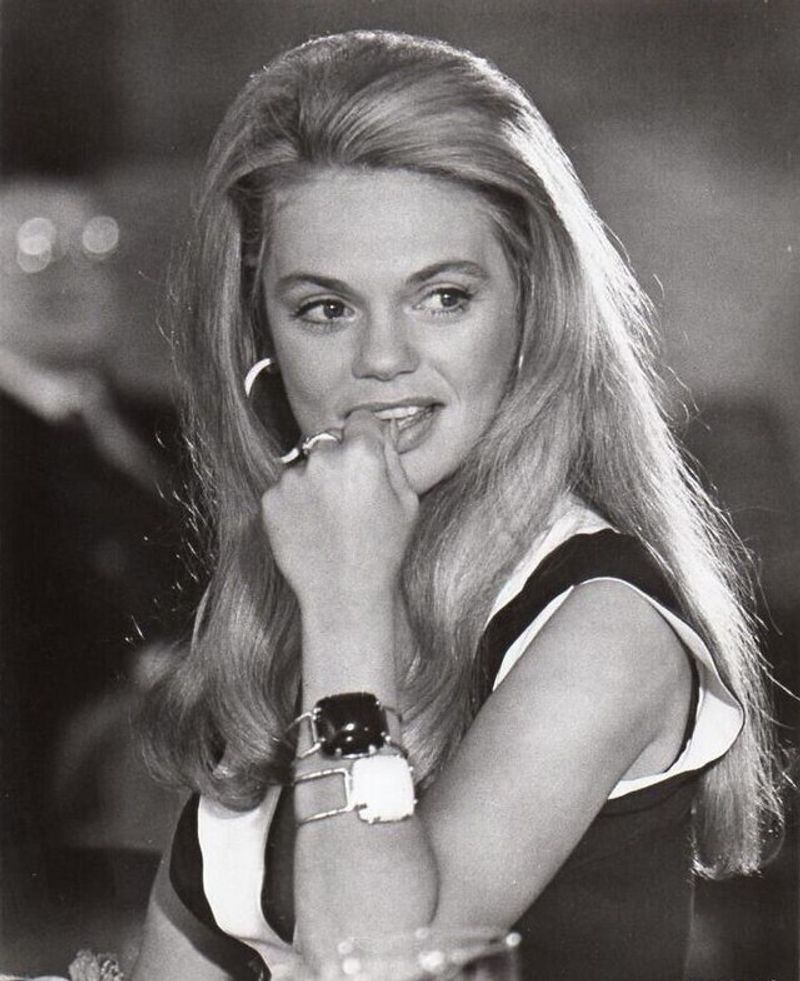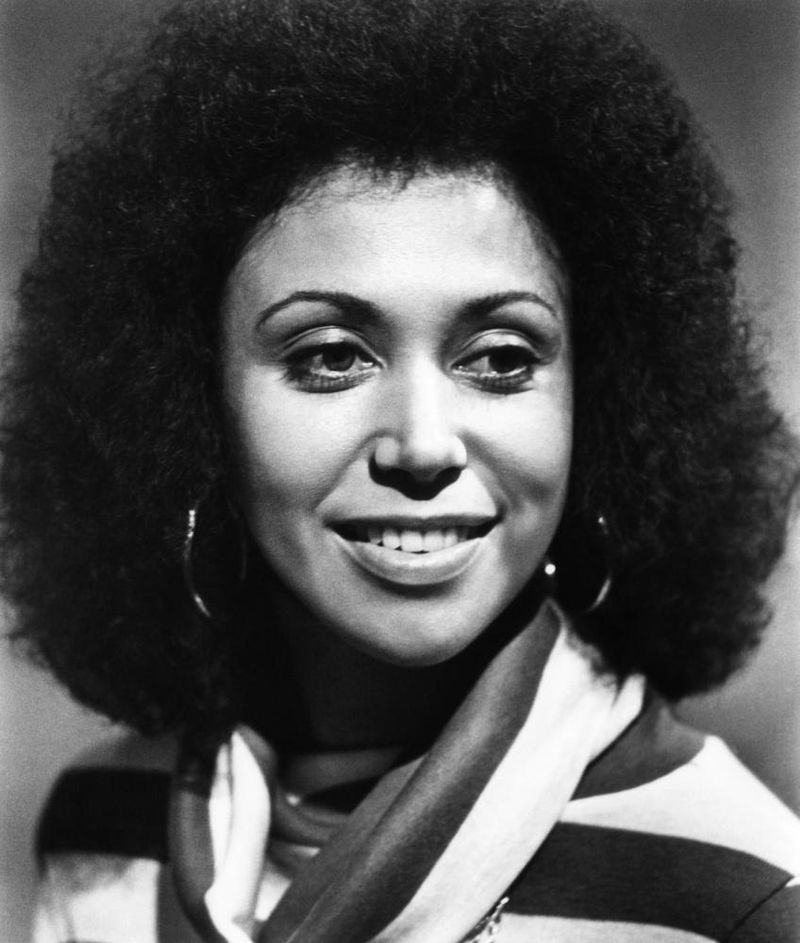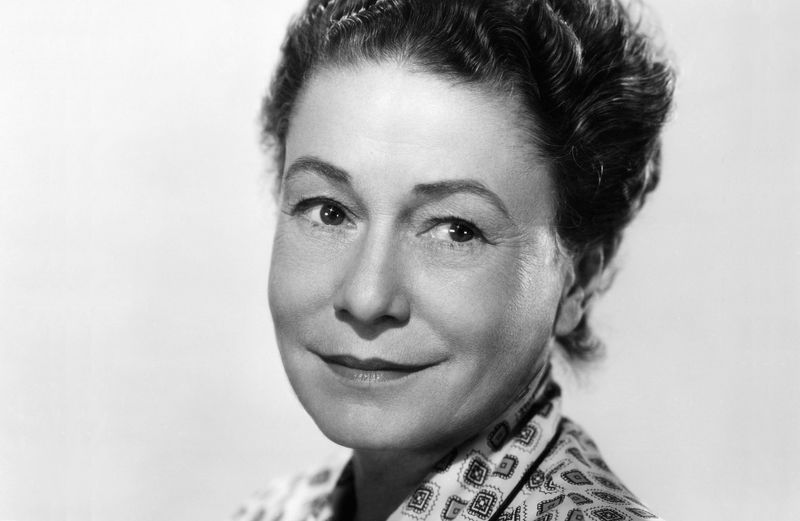The 1970s brought us groundbreaking cinema that changed Hollywood forever. While some stars skyrocketed to fame, many talented actresses remained in the shadows despite their incredible performances. These women broke barriers, showcased remarkable range, and often pioneered new territory for women in film, yet the industry failed to reward their talents with the caliber of roles they deserved.
1. Pam Grier: Action Heroine Before Her Time
Strutting onto screens with unmistakable power and presence, Pam Grier revolutionized female action roles in films like “Coffy” and “Foxy Brown.” Her fierce performances demolished stereotypes while creating a new archetype: the Black female action star who could fight her own battles. Hollywood, unfortunately, wasn’t ready for her brilliance. As blaxploitation films faded from popularity, major studios failed to find meaningful leading roles for this pioneering talent. Grier wouldn’t receive her proper due until Quentin Tarantino cast her in 1997’s “Jackie Brown,” a testament to how the industry wasted decades of her prime talent years.
2. Madeline Kahn: Comedy Genius Confined to Supporting Roles
Blessed with impeccable comic timing and an operatic soprano voice, Madeline Kahn stole every scene in Mel Brooks classics like “Blazing Saddles” and “Young Frankenstein.” Her memorable performance as Lili von Shtupp earned her an Oscar nomination, showcasing her unique ability to blend sophisticated humor with physical comedy. Despite this recognition, Hollywood never fully capitalized on her extraordinary talents. Studios repeatedly cast her in supporting roles rather than building vehicles around her star power. Kahn’s versatility extended beyond comedy into drama and music, yet the film industry seemed content to keep her brilliance contained to scene-stealing moments rather than leading lady status.
3. Tippi Hedren: Hitchcock’s Muse Who Paid a Career Price
After captivating audiences in Hitchcock’s “The Birds,” Tippi Hedren’s star seemed destined to rise. Her elegant presence and ability to convey terror while maintaining composure marked her as a unique talent in Hollywood’s landscape. When she rejected Hitchcock’s inappropriate advances and spoke out against his controlling behavior, the powerful director effectively blacklisted her. He held her to an exclusive contract while refusing to cast her, deliberately sabotaging her career at its peak. Throughout the ’70s, Hedren continued acting in smaller productions, but the mainstream success that should have followed her iconic Hitchcock performances remained cruelly out of reach.
4. Diana Ross: Music Icon Limited by Hollywood’s Narrow Vision
When Diana Ross stepped from Motown’s recording studio onto the silver screen as Billie Holiday in “Lady Sings the Blues,” critics and audiences were stunned by her raw emotional power. Her Oscar-nominated performance revealed acting depths few expected from the glamorous Supremes frontwoman. Instead of launching a vibrant film career, Hollywood offered Ross painfully few opportunities to build on this remarkable debut. “Mahogany” followed, but quality scripts that could showcase her dramatic range simply weren’t forthcoming. The industry’s systemic biases against Black actresses meant even a superstar of Ross’s caliber couldn’t break through the celluloid ceiling to claim the diverse, complex roles her talent warranted.
5. Cicely Tyson: Dignity in the Face of Limited Opportunities
Refusing to accept stereotypical roles throughout her career, Cicely Tyson brought uncompromising integrity to her portrayal of Rebecca Morgan in “Sounder,” earning an Academy Award nomination. Her performance demonstrated a quiet power and emotional depth rarely afforded to Black actresses. Despite critical acclaim, Hollywood’s systemic racism meant Tyson’s opportunities remained frustratingly limited. She turned to television for more substantive work, winning Emmys for “The Autobiography of Miss Jane Pittman.” While she built a respected career spanning decades, the breadth and quantity of film roles offered never matched her extraordinary talent—a loss not just for Tyson but for audiences deprived of seeing her full range.
6. Diahann Carroll: Groundbreaking Star Held Back by Her Era
Already a television pioneer for her role in “Julia,” Diahann Carroll delivered a powerhouse performance in 1974’s “Claudine” as a single mother navigating welfare and romance. Her Oscar-nominated work revealed both vulnerability and strength, proving her dramatic capabilities extended far beyond her glamorous image. Rather than opening doors to a variety of challenging film roles, Carroll found Hollywood’s imagination limited when casting Black women. The industry seemed unsure what to do with her sophisticated elegance and dramatic talents. While she continued working steadily in television, the cinematic landscape of the ’70s missed countless opportunities to showcase this multifaceted performer in roles worthy of her considerable gifts.
7. Georgina Hale: BAFTA Winner Who Disappeared From View
British actress Georgina Hale captivated critics with her vibrant, unconventional performance in Ken Russell’s “Mahler” (1974), winning a prestigious BAFTA award. Her distinctive features and ability to blend vulnerability with fierce independence made her perfect for the artistic cinema of the era. Despite this recognition, Hale’s film career mysteriously faded as the decade progressed. While she continued working in British television, the promising trajectory suggested by her early acclaim never materialized into sustained cinematic success. Like many actresses approaching middle age, Hale discovered that the industry’s interest waned just as her talent and experience were reaching their peak—a cruel paradox faced by countless women in film.
8. Sondra Locke: Talent Overshadowed by Famous Relationship
Few remember that Sondra Locke earned an Academy Award nomination for her very first film, 1968’s “The Heart Is a Lonely Hunter,” showcasing a natural talent that should have led to a diverse career. Her delicate features masked a surprising emotional intensity that could command the screen. Throughout the ’70s, Locke became known primarily for her films with Clint Eastwood, with whom she shared a personal relationship. These roles, while providing steady work, rarely challenged the full range of her abilities. As she aged past 40, meaningful roles virtually disappeared—a common Hollywood pattern that cut short the careers of countless actresses just as their life experience could have enriched their performances.
9. Lynne Frederick: Promising Talent Derailed by Circumstance
Possessing ethereal beauty and genuine acting ability, British actress Lynne Frederick showed remarkable promise in films like “Vampire Circus” and “Schizo.” At just 19, she held her own opposite Peter Sellers in “The Prisoner of Zenda,” displaying a maturity beyond her years. Her subsequent marriage to Sellers and the controversy following his death and estate overshadowed her professional accomplishments. The tabloid attention focused on her personal life rather than her work. Frederick’s career faded prematurely, and her death at just 39 cut short any possibility of the comeback her talents deserved. Her filmography remains a glimpse of potential largely unfulfilled due to circumstances beyond her control.
10. Dyan Cannon: Vivacity Reduced to One-Dimensional Roles
Sparkling with infectious energy and comedic brilliance in “Bob & Carol & Ted & Alice,” Dyan Cannon earned an Oscar nomination that should have launched a career full of complex, challenging roles. Her distinctive laugh and ability to blend sexuality with vulnerability made her uniquely captivating on screen. As the ’70s progressed, Hollywood increasingly pigeonholed her into one-note characters that failed to utilize her full range. The industry’s obsession with youth meant that as Cannon entered her 40s, the quality of roles offered diminished dramatically. While she maintained a steady career, the depth and variety of parts never matched her early promise—a waste of talent that reflected the industry’s limited imagination regarding women of a certain age.
11. Denise Nicholas: Television Pioneer Denied Film Breakthrough
As high school guidance counselor Liz McIntyre on “Room 222,” Denise Nicholas broke ground portraying one of television’s first multidimensional Black professional women. Her warm presence combined with quiet intelligence created a character of remarkable depth for the era. Despite her popularity on television, Nicholas rarely received opportunities to translate her talents to film. When she did appear in movies like “Let’s Do It Again,” her roles were typically supporting rather than showcasing her leading lady potential. Nicholas’s ability to convey both strength and vulnerability should have made her a natural for the character-driven films of the ’70s. The industry’s failure to recognize this represents a missed opportunity for cinema of the period.
12. Diana Hyland: Rising Star Whose Light Was Extinguished Too Soon
Emmy winner Diana Hyland delivered a heartbreaking performance opposite John Travolta in “The Boy in the Plastic Bubble,” displaying emotional depth that hinted at an extraordinary career ahead. Her naturalistic acting style felt modern and truthful, standing out in an era still transitioning from more stylized performances. Tragically, Hyland died from breast cancer in 1977 at just 41, cutting short a career that was gaining significant momentum. Her relationship with Travolta brought posthumous attention, but her talent deserved recognition in its own right. The handful of roles she completed in the ’70s before her death suggest a performer who could have become one of the decade’s most compelling dramatic actresses had fate allowed.
13. Elizabeth Hartman: Sensitivity That Hollywood Couldn’t Protect
After an Oscar-nominated debut in “A Patch of Blue” (1965), Elizabeth Hartman brought extraordinary sensitivity to roles in ’70s films like “Walking Tall” and “Full Moon High.” Her delicate features and ability to convey profound vulnerability made her performances uniquely affecting. Despite her talent, Hartman struggled to find consistent work as the decade progressed. Her battle with depression complicated her professional life, while the industry offered little support for her mental health challenges. By the early ’80s, her screen appearances had become rare, with voice work in “The Secret of NIMH” standing as her final performance. Her tragic suicide in 1987 ended a career marked by immense talent and missed opportunities.
14. Carroll Baker: ’50s Star Denied Meaningful Comeback
After shocking audiences as Baby Doll in the ’50s, Carroll Baker resurfaced in the ’70s in European thrillers and cult films like “Bad” and “Andy Warhol’s Bad.” These performances revealed new dimensions to her talent, proving she could evolve beyond the persona that initially made her famous. Mainstream Hollywood, however, failed to capitalize on her willingness to take risks and reinvent herself. The industry that had once embraced her seemed uninterested in what an older, more experienced Baker could bring to the screen. While European directors recognized her potential for complex, mature roles, American studios missed the opportunity to feature a seasoned performer who had grown into a fearless, boundary-pushing artist.
15. Thelma Ritter: Character Actress Worthy of Leading Roles
Though primarily active in earlier decades, Thelma Ritter continued working into the ’70s, bringing her trademark authenticity to every performance. A six-time Oscar nominee who never won, Ritter possessed a rare ability to steal scenes with just a few perfectly delivered lines. Always relegated to supporting roles despite her immense talent, Ritter’s career exemplified Hollywood’s failure to build vehicles around character actresses of a certain age. Her working-class authenticity and impeccable timing deserved showcase roles that never materialized. Her final performances before her death in 1969 reminded audiences of her unmatched ability to bring humanity and truth to every character—qualities that should have earned her leading roles throughout her career.
